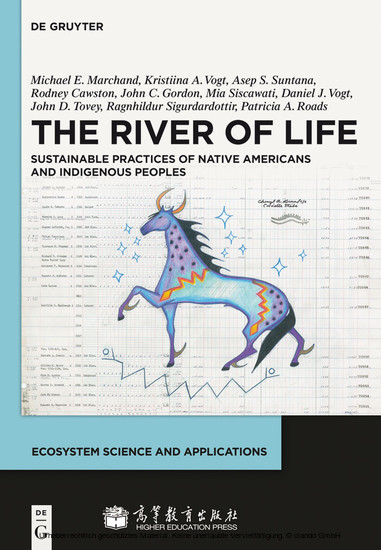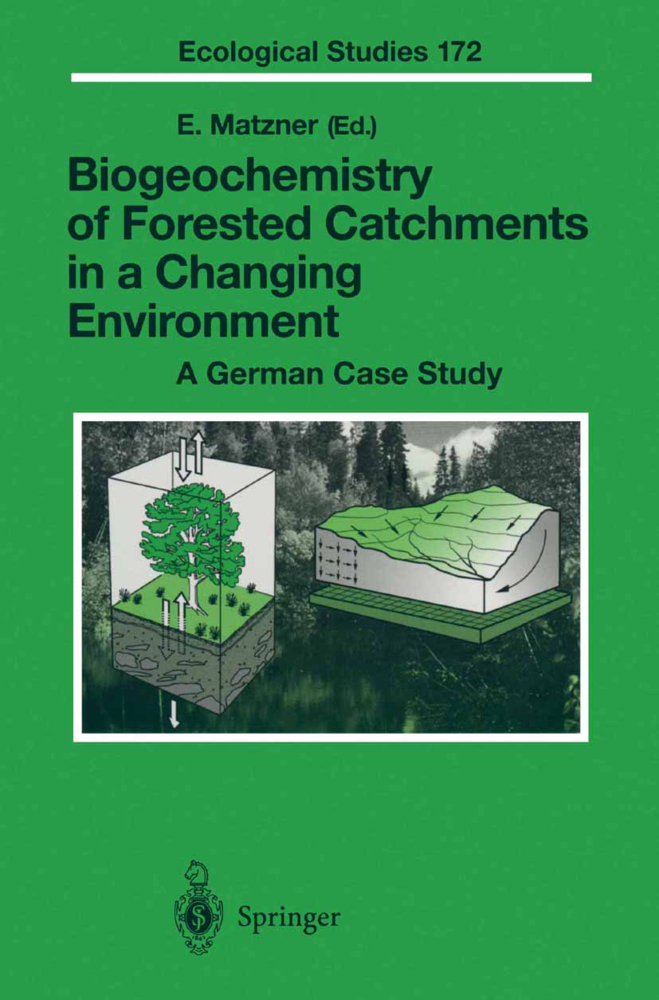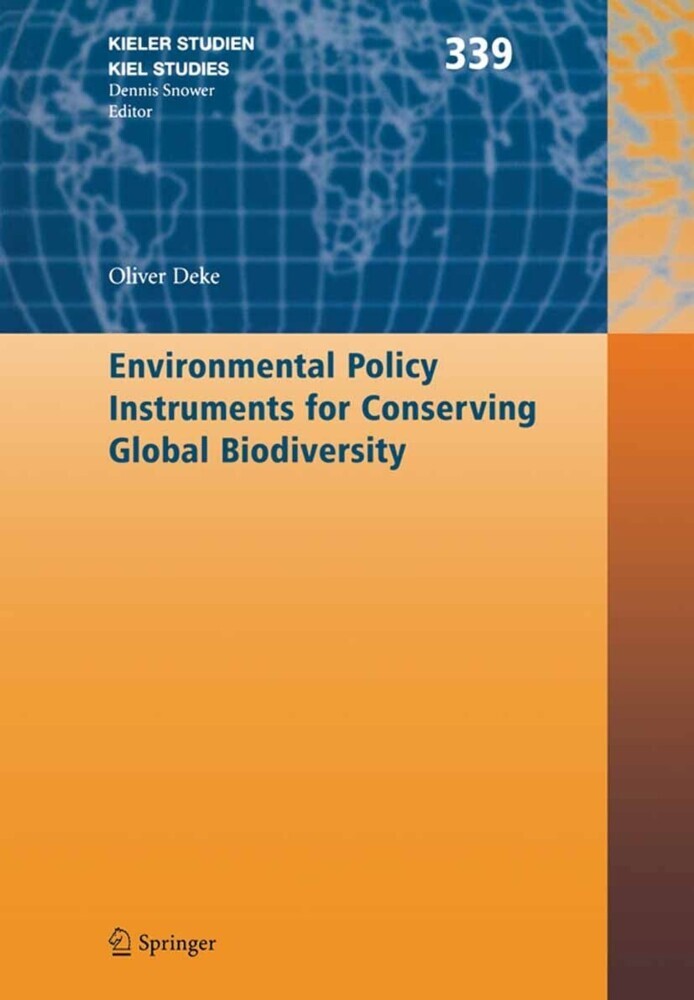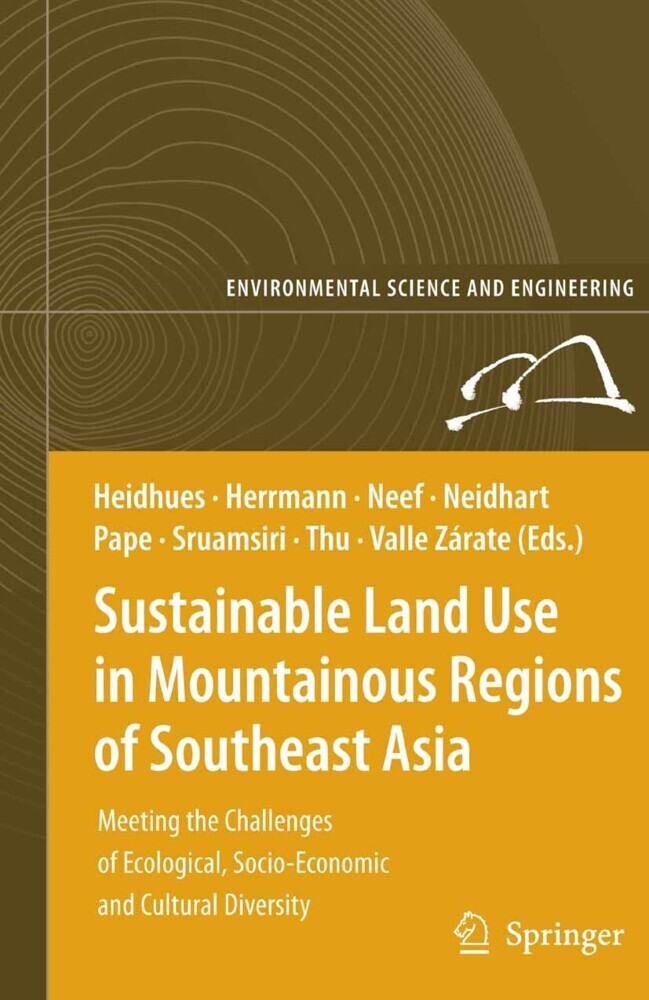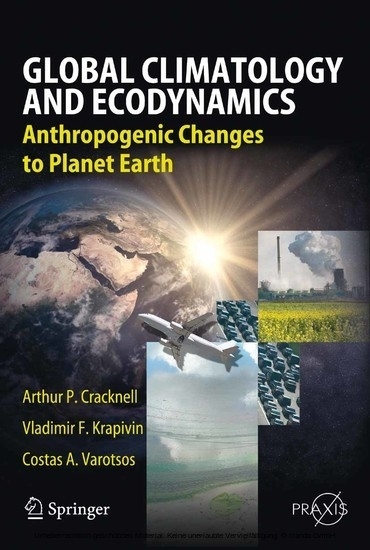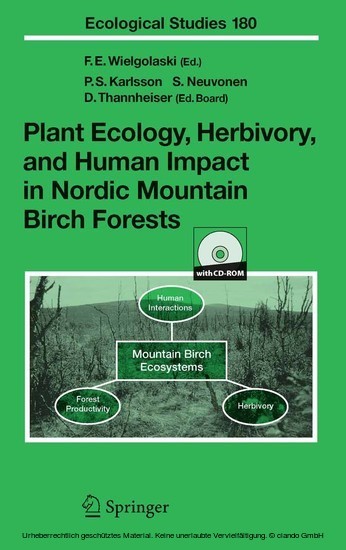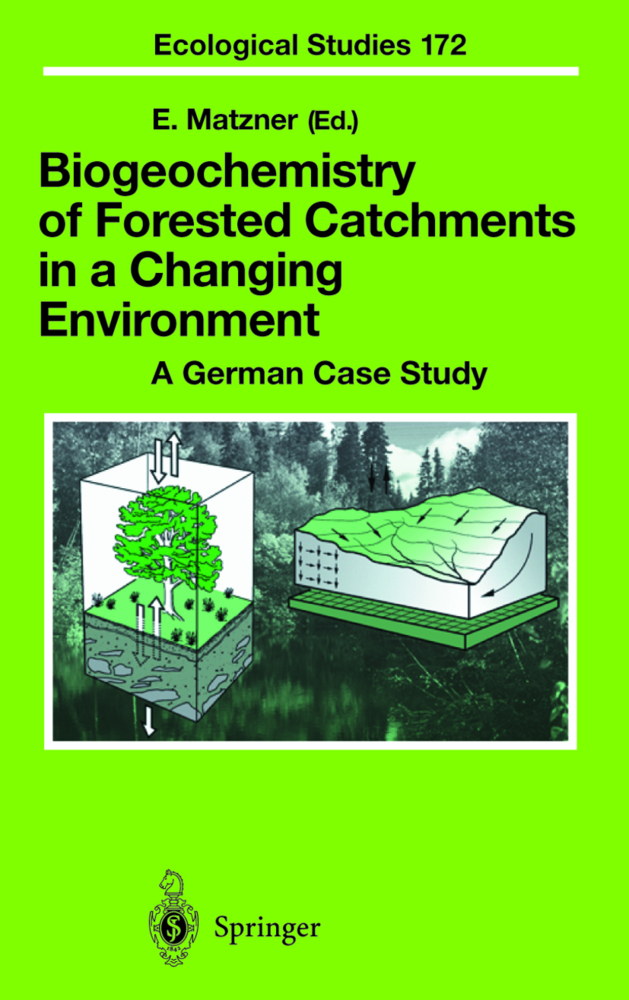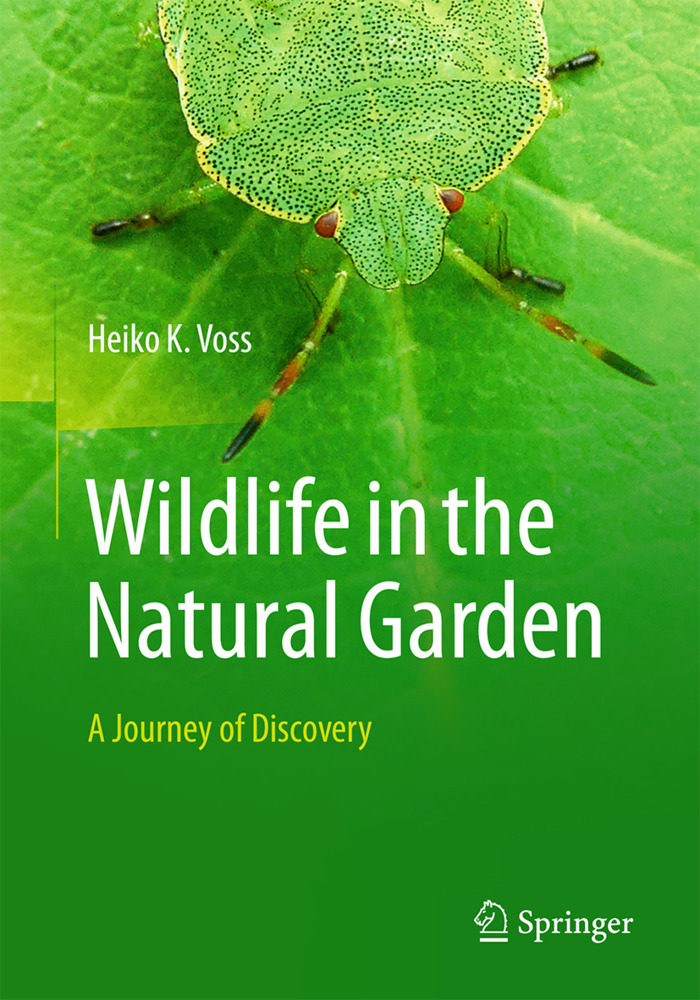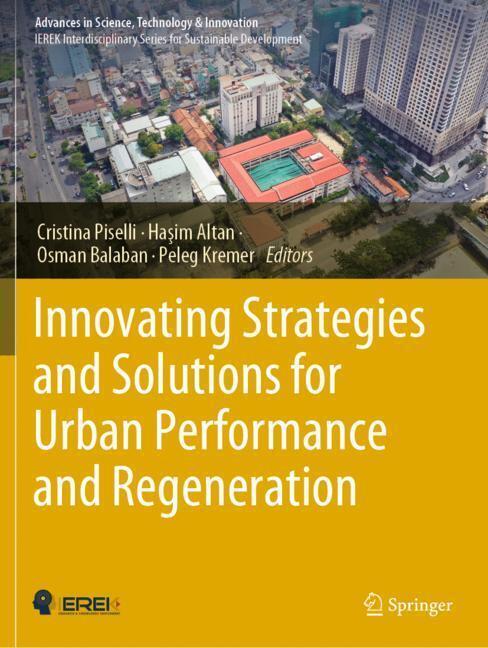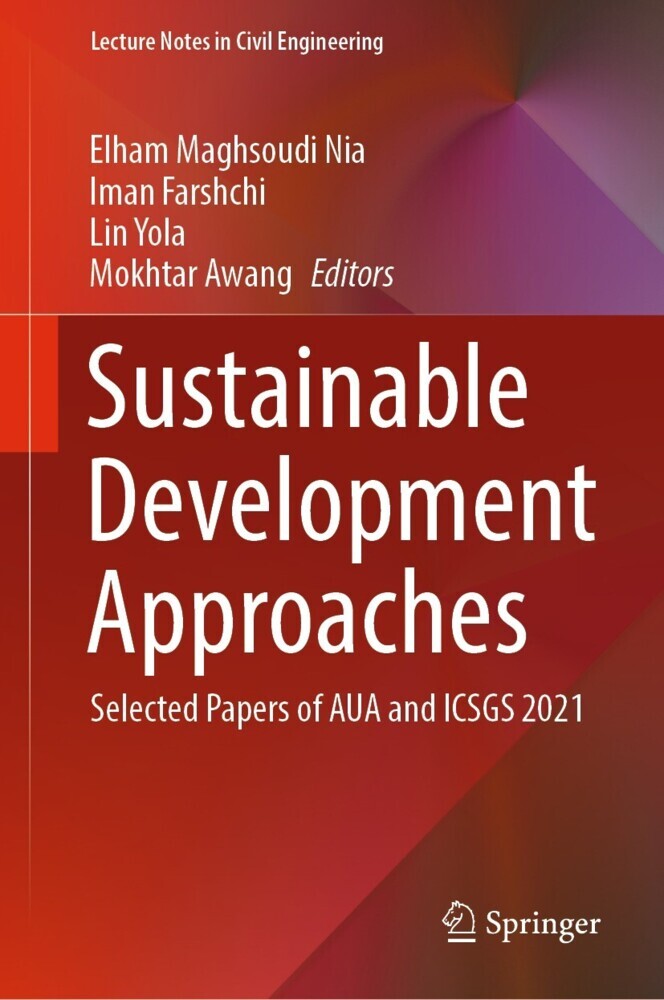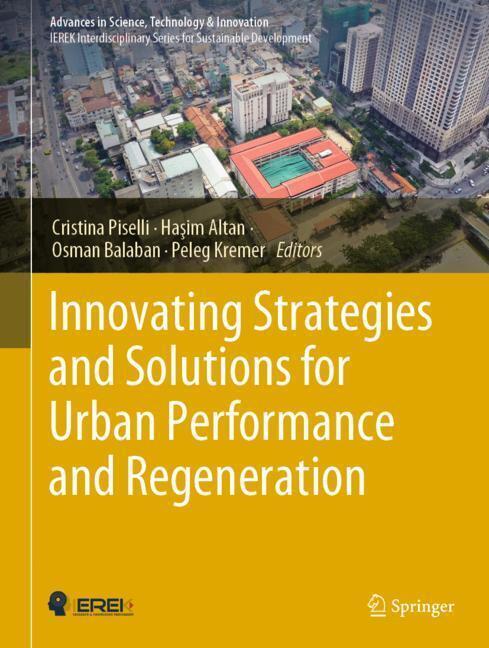The River of Life
Sustainability defines the need for any society to live within the constraints of the land's capacity to deliver all natural resources the society consumes. This book compares the general differences between Native Americans and western world view towards resources. It will provide the 'nuts and bolts' of a sustainability portfolio designed by indigenous peoples.
This book introduces the ideas on how to link nature and society to make sustainable choices. To be sustainable, nature and its endowment needs to be linked to human behavior similar to the practices of indigenous peoples. The main goal of this book is to facilitatethinking about how to change behavior and to integrate culture intothinking and decision-processes.
Michael E. Marchand, Kristiina A. Vogt, University of Washington, Seattle, WA; Asep S. Suntana, Forest Systems and Bioenergy and LEI (Lembaga Ekolabel Indonesia), Bogor, Indonesia; Rodney Cawston, University of Washington, Seattle, WA; John C. Gordon, Portland, OR; Mia Siscawati, Sajogyo Institute, Bogor, Indonesia; Daniel J. Vogt, University of Washington, Seattle, WA; John D. Tovey, University of Washington, Seattle, WA; Ragnhildur Sigurdardottir, Agricultural University, Iceland; Patricia A. Roads, Miamisburg, OH, USA.
1;Sustainability: Learning from the Past;171.1;1 The Context for Our Sustainability Story;191.1.1;1.1 Post-1492: European Colonialism Impacts on Peoples of the Americas;191.1.2;1.2 Post-1492: European Colonialism: Thirst for Resource-rich Lands;211.1.3;1.3 We Need A Different Glue to Make Sustainability Work;241.1.4;1.4 Essential Sustainability: Insights from A Water Metaphor;271.1.4.1;1.4.1 Water-A Scarce Global Common Resource;271.1.4.2;1.4.2 Water as A Sacred Resource;291.1.4.3;1.4.3 Water, Water Everywhere but Still Scarce;321.1.5;1.5 Our Coyote Mascot Blends the Dual Nature of Sustainability;361.1.6;1.6 A Tribal Perspective on Sustainability;371.1.7;Coyote Essentials;411.2;2 Battles to Eliminate Native American Traditions and Cultures;431.2.1;2.1 European Colonial "Manifest Destiny";441.2.1.1;2.1.1 Taming Indian Lands through Agriculture;451.2.1.2;2.1.2 Euro-Americans Settling the "Wild West";461.2.1.3;2.1.3 Becoming Civilized: Redemption and Westward Migration;491.2.2;2.2 War on Native American Cultures and Traditions;521.2.2.1;2.2.1 U.S. Relocation, Termination and Assimilation Policies;531.2.2.2;2.2.2 Removal of Buffalo for "Manifest Destiny";661.2.2.3;2.2.3 Removal of Salmon in the Pacific Northwest;671.2.2.4;2.2.4 Building Dams on Tribal Lands;711.2.3;2.3 Contemporary Context of Native American Lands and Resources;782;A Lens on Cultures and Traditions of Indigenous Peoples and Local Communities;832.1;3 Introduction to Folklore and Cultural Survival;852.1.1;3.1 Western World Stories;852.1.2;3.2 Inter-generational Indigenous Cultural Stories;872.1.2.1;3.2.1 Learning Nez Perce Culture while Growing Up as Remembered by Rodney;932.1.3;3.3 What Does It Mean to Be A Traditional Ecological Practitioner?;962.1.3.1;3.3.1 Break the Law When Practice Culture;962.1.3.2;3.3.2 Indian Spirituality;1002.1.3.3;3.3.3 Native American Languages;1072.1.4;Coyote Essentials;1103;Portfolio for Sustainability: Native American Behavior Blended with Western Science;1113.1;4 The Nuts and Bolts of A Sustainability Portfolio;1133.1.1;4.1 Practicing Indigenous Cultures and Traditions;1163.1.1.1;4.1.1 Cultural Forest Practices in the Halimun Ecosystem Area, Indonesia;1183.1.1.2;4.1.2 Essential Practices of A Sustainable Portfolio as Summarized by John D Tovey;1213.1.2;4.2 Humanizing Sustainable Practices;1273.1.3;4.3 Western World Ecosystem and Adaptive Management;1293.1.4;4.4 Recognize Western World and Indigenous Community Differences in How Humanize Sustainability;1333.1.5;Coyote Essentials;1363.2;5 Portfolio Element : How to Connect Society with Nature;1373.2.1;5.1 Divergent Models of "Wild" Nature and How Different Societies Connect to It;1373.2.2;5.2 Western World Model: Nature Bounded by Borders;1413.2.2.1;5.2.1 Nature Needs to Be Controlled;1433.2.2.2;5.2.2 Zoo Becomes A Nature Experience;1453.2.2.3;5.2.3 Today's Nature: Bounded Larger Artificial Landscapes;1493.2.3;5.3 Native American Model: Borderless Nature;1503.2.3.1;5.3.1 American Tribes: Nature, Sense of Property Is Culture-based as Told by Mike;1523.2.3.2;5.3.2 No Walls: Active Landscape Management, Nature Not Wasted;1553.2.4;Coyote Essentials;1583.3;6 Portfolio Element : How to Make Practical and Realistic Decisions;1593.3.1;6.1 To Become Sustainable Don't "Throw Out the Baby with the Bathwater";1593.3.2;6.2 Leave Your Individual Biases Outside the Door;1623.3.2.1;6.2.1 "False" Indian Stories;1623.3.2.2;6.2.2 Stories of "Real" Indians;1673.3.2.3;6.2.3 The Life of John McCoy;1713.3.3;6.3 Think Slowly and for the 7th Generation;1723.3.4;6.4 Long Scientific History but Short Human Memory;1753.3.5;6.5 Inter-generational Adaptation and Grandmothers as Told by John D Tovey;1793.3.6;6.6 Cultural Diversity the Norm in Regional Landscapes: Iban Tribe, Indonesian Borneo;1803.3.7;Coyote Essentials;1833.4;7 Portfolio Element : Follow a Native American Business Model;1853.4.1;7.1 Company Business Plans or Village Economics;1853.4.1.
Marchand, Michael
Vogt, Kristiina
Suntana, Asep
Higher Education Press
| ISBN | 9783110275889 |
|---|---|
| Artikelnummer | 9783110275889 |
| Medientyp | E-Book - PDF |
| Copyrightjahr | 2013 |
| Verlag | Walter de Gruyter GmbH & Co.KG |
| Umfang | 294 Seiten |
| Sprache | Englisch |
| Kopierschutz | Digitales Wasserzeichen |

